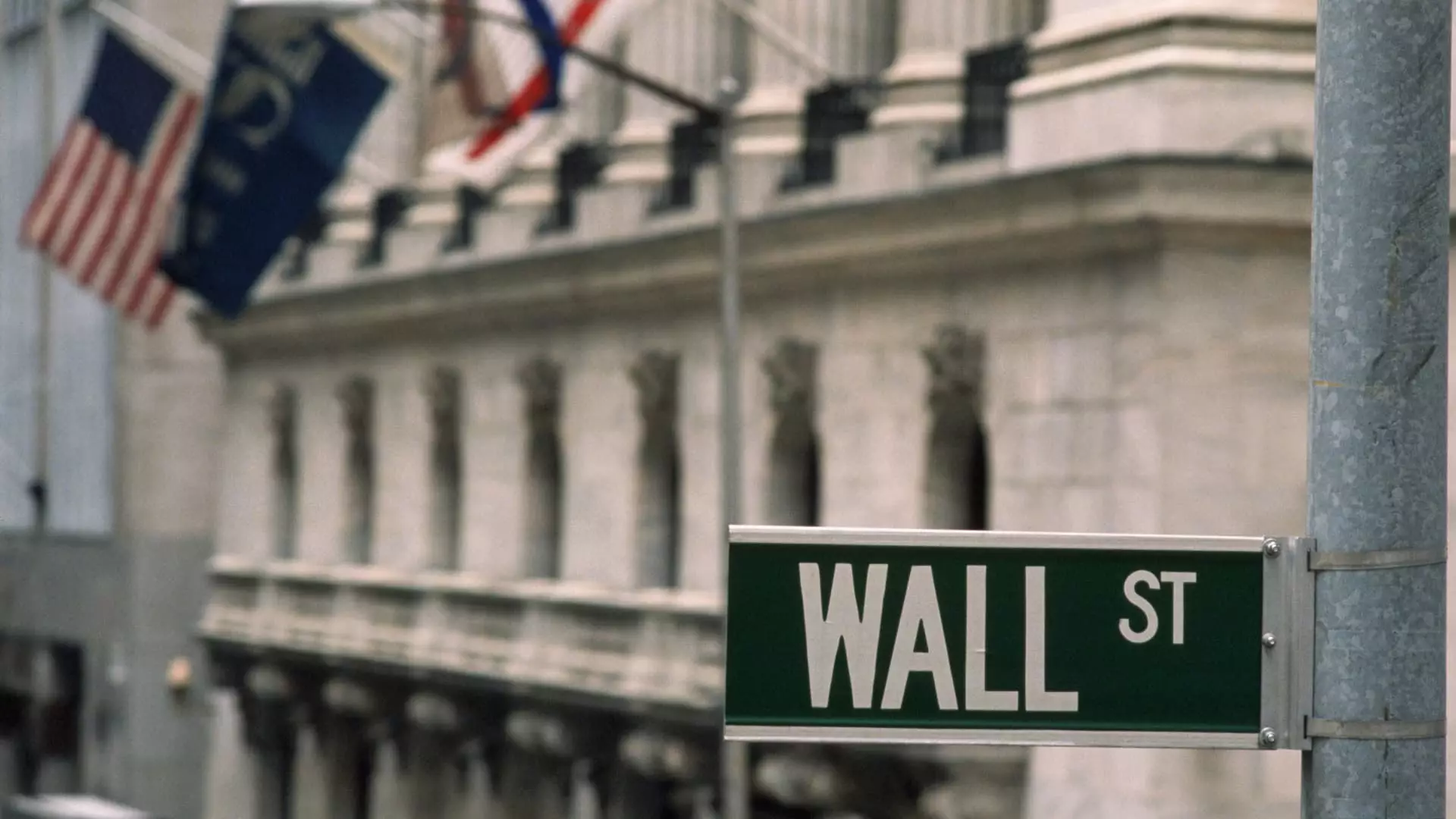As we step into 2025, the landscape for initial public offerings (IPOs) is witnessing an interesting yet cautious progression. A dozen new companies have attempted to make their public debut, but the reception from the market has been lukewarm at best. Despite these tepid responses, leading figures in the finance sector, such as Nasdaq’s president Nelson Griggs, remain optimistic about a potential revival of the IPO market later in the year.
Griggs likened the IPO market to a pendulum, swinging between the realms of private and public investment. His assertion is telling of an intricate balance that seems to dictate market behaviors and investor sentiments. The initial impressions of these IPOs suggest a lack of robust enthusiasm. This raises questions about the broader economic climate and investor confidence in taking risks with newly public entities.
Challenges Facing Prospective Public Companies
The path to going public is fraught with challenges, as evidenced by Panera Brands, which has struggled with numerous setbacks in its quest for an IPO. This serves as a reminder of the hurdles many companies face, highlighting that the IPO process is not simply a straightforward endeavor. Additionally, niche players, such as Twin Peaks—a sports bar that began trading recently—are indicative of the complex strategies companies adopt, often as a means to alleviate financial burdens rather than as a signal of developmental success.
Moreover, even AI-driven companies, like OpenAI, are finding greater opportunities to acquire funds through private channels. This trend undermines the traditional allure of IPOs, suggesting that many startups can thrive without the need for public equity markets when the private capital landscape is burgeoning.
Griggs pointed out that innovations within private markets have reshaped the fundraising landscape. Startups today can access liquidity through novel channels, rendering public offerings less critical for many. However, this access to private capital does not come without limitations. While companies can sustain their operations and growth through private funding, they may miss out on the benefits associated with being a publicly traded company, including enhanced visibility, credibility, and larger market capitalization.
Encouragingly, Griggs believes that despite current trends, shifts in market dynamics could offer companies renewed incentives to venture into the public domain. The notion that public and private investment models are converging speaks to a possible evolution in how companies consider their financing strategies. It raises an important question: will the allure of the public markets return as economic conditions stabilize?
While the IPO market faces immediate challenges marked by a cautious reception and evolving trends in private funding, there remains a glimmer of hope for a resurgence. As companies adapt to the shifting dynamics, it will be intriguing to observe how sentiment evolves, and whether newly launched entities manage to capture investor interest in the months ahead. For now, the IPO landscape of 2025 presents a mix of uncertainty and potential opportunity—a delicate balance that all stakeholders must navigate.

Leave a Reply